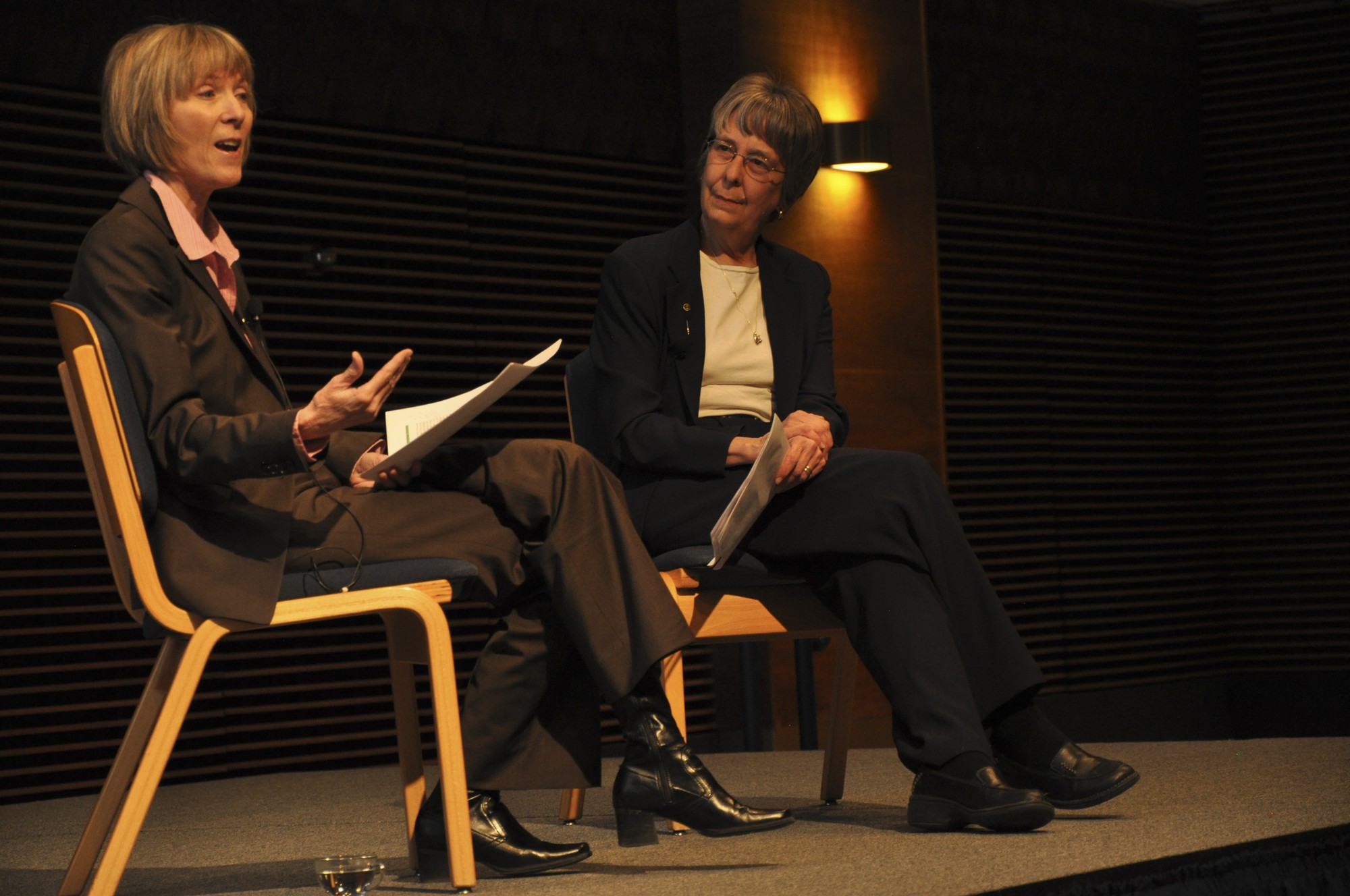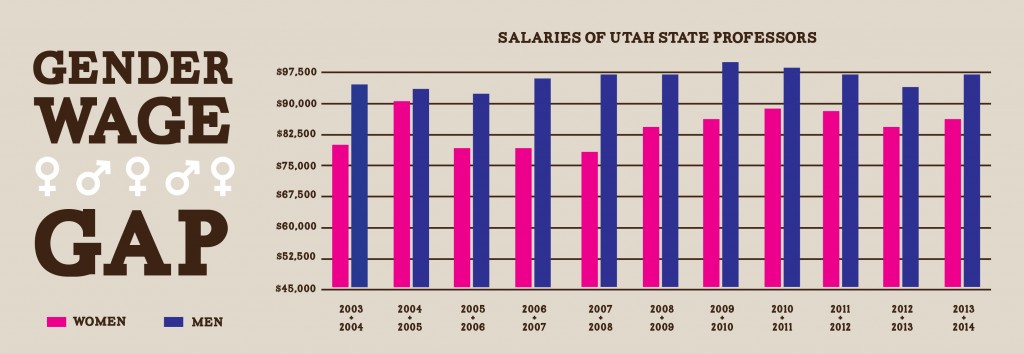Pay gap decreases, male professors still outnumber females
By Brenna Kelly
Since 2003, the salary gap between male and female professors has decreased by 34 percent. However, the ratio of male to female professors still hangs low at 11:2.
Where the average male professor is currently making more than $97,000 annually, female professors are making about $87,000. While the gap is still around $10,000, it’s much smaller than the near $15,000 in 2003.
Lenaye Harris, an adjunct professor in finance, said salary discrepancies usually have an explanation. A lot of factors go into what professors earn, including work experience, which department professors teach in, and education.
“The hard things is to disentangle all that information — after we’ve taken into account those things, looking to see if there is a difference,” Harris said.
Some years the state legislature allocates for merit raises — in those years, performance does affect salary. Brad Hall heads the Languages, Philosophy and Communication Studies Department, but he also works as a professor. He said the legislature allocates merit raises often enough that it makes a difference for faculty members.
Areas of expertise and the national norms for salaries in particular subject areas also influence salaries. Hall said sadly some disciplines with a greater number of females also traditionally pay lower salaries.
“We have many excellent female faculty. In our department we had one promoted last year to full professor, and there are more going up for promotion this year,” Hall said. “This gap changes slowly, in part because it takes some time before someone can go up for promotions.”
Years of service affects both promotions and salary, and — where men have historically been hired more than women — more male employees have had opportunities for promotions. This year, there are 184 male professors and 35 female professors employed at Utah State, meaning women account for 16 percent of professorships.
“I’m hoping that the distance in the numbers will change, but I’m not surprised by that,” Hall said. “This gap is disappointing, more than surprising.”
In other areas, the difference between male and female faculty members is much smaller. Women account for 36 percent of associate professors, 44 percent of assistant professors, 58 percent of instructors, (although it should be noted that there are only 31 instructors on campus) and 45 percent of lecturers.
“I am optimistic that we are moving in the right direction and I expect us to continue moving in the direction that will close this gap,” Hall said.
— brennakelly818@gmail.com
@bckelly8


